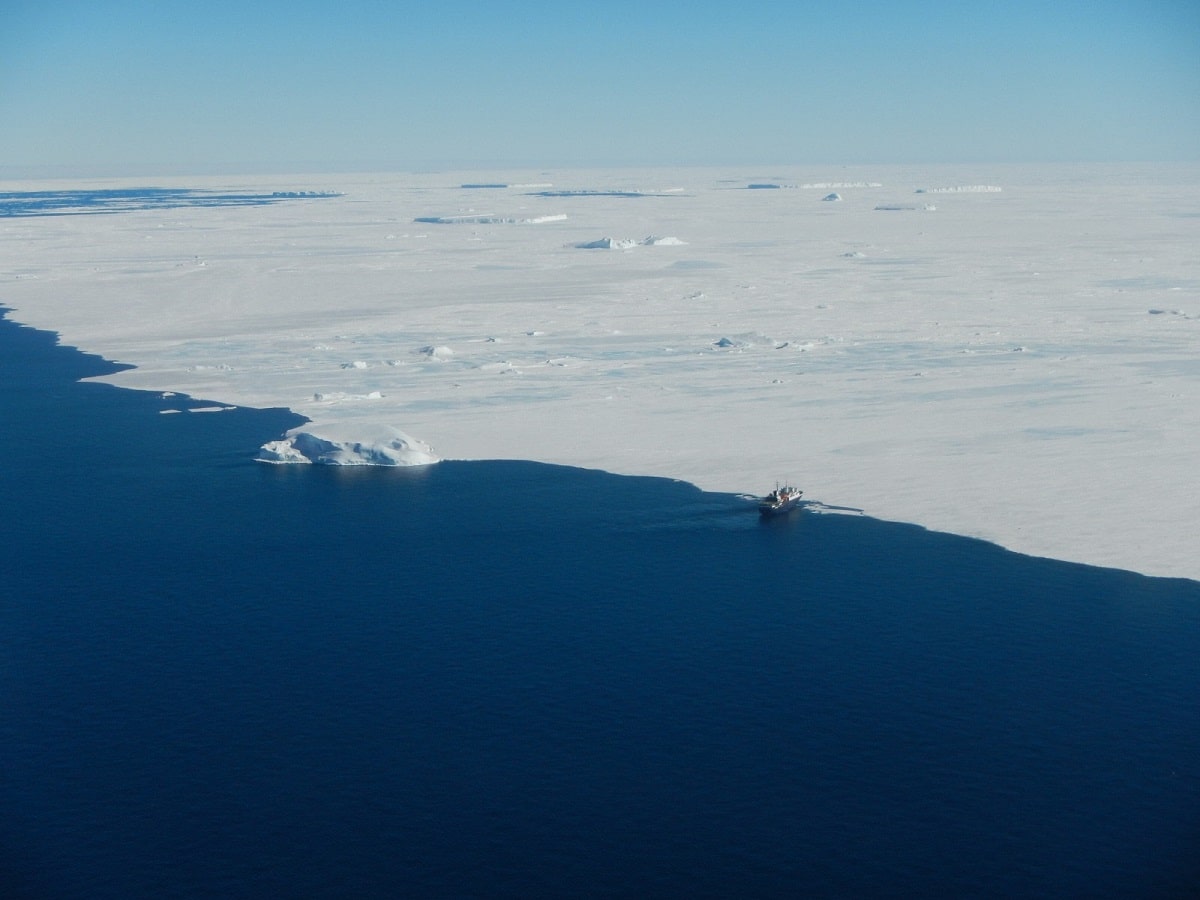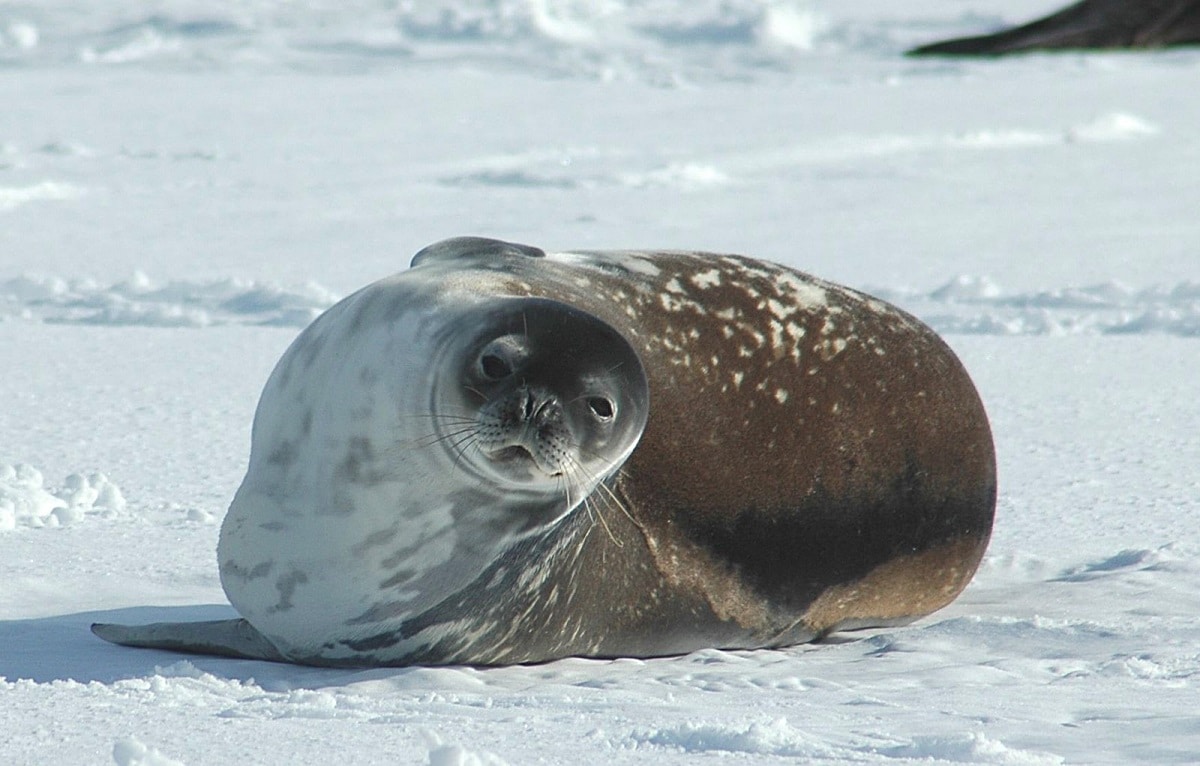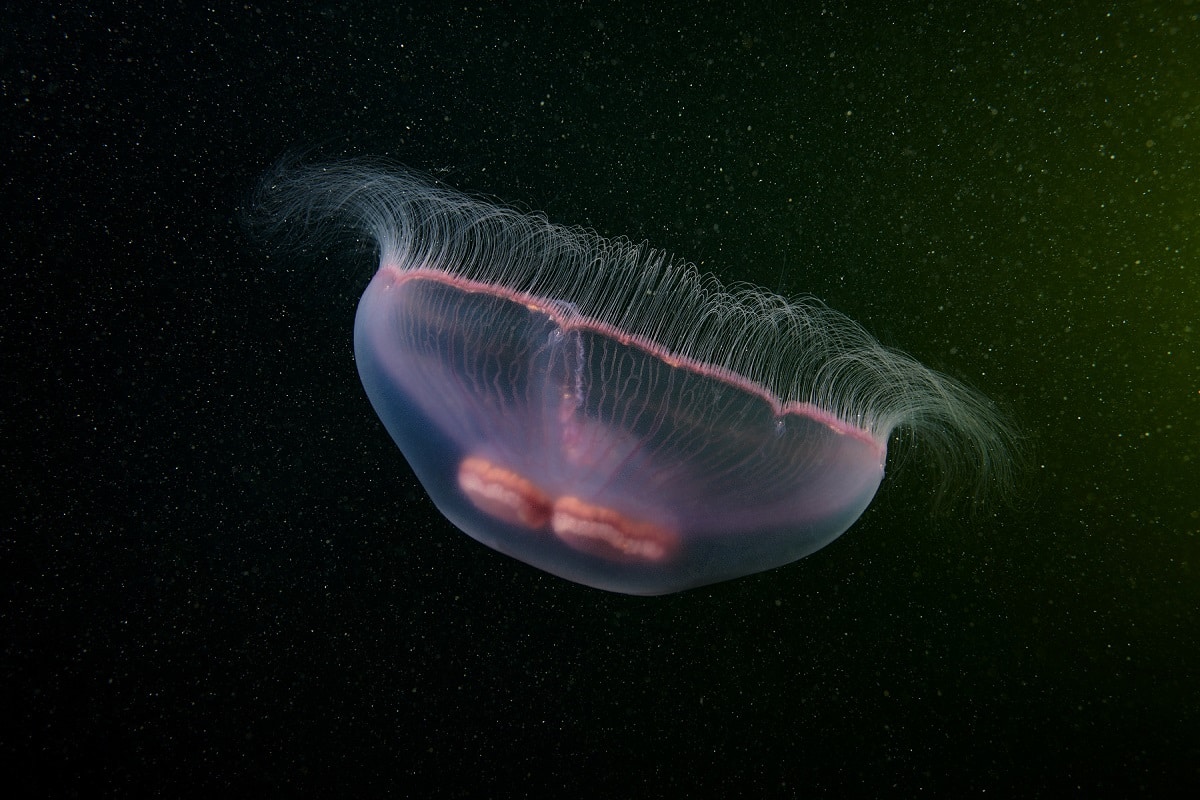
The Weddell Sea is part of the Arctic Ocean. its surface is about 2,8 million square kilometers. Its boundaries are marked by the Antarctic Peninsula to the west, the Cotsland region to the east, and the Ferchner-Rohn Ice Shelf to the south. Beyond Cape Norway to the east, its waters mingle with those of the King Haakon VII sea.
In this article we are going to tell you about the main characteristics of the Weddell Sea, its origin, flora and fauna.
Key features

It is one of the largest and most well-known seas in the southern part of the planet, bathing part of the coast of Antarctica. It is located approximately at 73 degrees south latitude and 45 degrees west longitude, and is bordered by the Antarctic Peninsula to the west, Coast Land to the east, and the Filchner-Ronne Ice Shelf to the south. It has an area of about 2,8 million square kilometers and measures about 2.000 kilometers at its widest point. It was named after sailor James Weddell, who was one of the first to enter aboard a brigantine.
Nineteenth century explorers saw it as a treacherous sea, ravaged by strong winds and in some areas invaded by countless giant ice floes. The Weddell circulation is an ocean circulation that moves in a clockwise direction created by the interaction of the Antarctic Circumpolar Current and the Antarctic continental shelf.
Facts and origin about the Weddell Sea
Much of the world's cold seafloor water comes from the Weddell Sea, whose waters are the densest on Earth and contribute to the thermohaline circulation. There, its surface cools to -1,9 ºC, and then these waters sink, thus creating a current that flows to most of the world; starts out cool, warms up a bit near Kamchatka, and from there to the Pacific Ocean Some of it moves, on one side, and between the islands of the western Pacific on the other, through southern Africa, the Caribbean, and onto the Peninsula Iberian, until the low temperatures in the Arctic return and begin to circulate towards the southern hemisphere.
Ice floes are more common in winter than summer, but weather and water conditions are generally harsh.
During the Carboniferous period, eastern Gondwana, which consists of what is now Australia, Antarctica, and India, began to move toward the southern hemisphere. During the Jurassic, tectonic processes in southern South America formed the Rocas Verdes and Mar de Weddell basins. In fact, the division of Gondwana took place in what is now the Weddell Sea.
In the early Cenozoic, Australia broke away from Antarctica and moved north, while the latter began to move further and further south, becoming further separated from other landmasses. About 23 million years ago, the Drake Passage opened between South America and Antarctica and was completely surrounded by water. At that time, it was already covered in ice.
Climate
In addition to latitude, the predominance of strong cold air that blows from south to north parallel to the narrow and imposing mountains of the Antarctic Peninsula is one of the most conditioning characteristics of the climate of the western region of the Weddell Sea.
These winds not only affect temperatures, but also force the ice to drift northeast into the South Atlantic. The winds, temperatures and ice conditions are much more pronounced on the east side of the Antarctic Peninsula than on the west side.
Large groups of whales and seals live in the Weddell Sea. Among the fauna that inhabits these waters are species such as Weddell seals, humpback whales, minke whales, leopard seals, crabeater seals and various killer whales.
The Adélie penguin is the dominant penguin species in this remote area due to its ability to adapt to harsh environments. The largest group (about 10.000 pairs) is found on Paulette Island.
Weddell Sea Biodiversity

Despite the harsh living conditions for common creatures, the Weddell Sea is an area of high production of cold-adapted marine life. Antarctic krill (Euphasia superba) is the base of the fauna and an important part of the food chain in the region, since it is fed by the species that make up other foods. Among the fauna that lives in the sea there are more than 200 species of fish such as the Antarctic herring (Notothenioidei), Antarctic silverfish (Pleuragramma antarcticum) and Antarctic cod (Dissostichus mawsoni). Other fish in the ocean are the glowing deep-sea fish of the families Gonostomatidae, barracuda, and lantern.
Humpback whales (Megaptera novaeangliae), southern right whales (Eubalaena australis), minke whales (Balaenoptera acutorostrata), leopard seals (Hydrurga leptonyx), and crabeater seals (Lobodon carcinophagus) are relatively common in the water, but may be the most iconic. The Weddell seal species (Leptonychotes weddellii) is a marine mammal capable of impressive dives to depths of 700 meters. Besides of Antarctic cod and other cod, also feeds on squid.
Icebergs and shorelines are home to King Penguins (Aptenodytes patagonicus), Chinstrap Penguins (Pygoscelis antarcticus), Emperor Penguins (Aptenodytes forsteri) and Adélie Penguins (Pygoscelis adeliae), while petrels visit rocky areas.
Threats

Due to its remote location, the Weddell Sea is not affected by the industrial and coastal development that affects much of the world's seas, but it is also not immune to environmental threats, especially those from human activities. most dangerous is climate change and the subsequent acidification of the oceans, which alters the chemistry of the water, causing the calcareous shells or bones of animals to soften or stop developing.
Bottom fishing is a recent activity, but it is feared that it will increase in the future, so resources will be maximized. Furthermore, climate change could destroy the habitats of many species and make the ocean a problem area.
I hope that with this information you can learn more about the Weddell Sea and its characteristics.